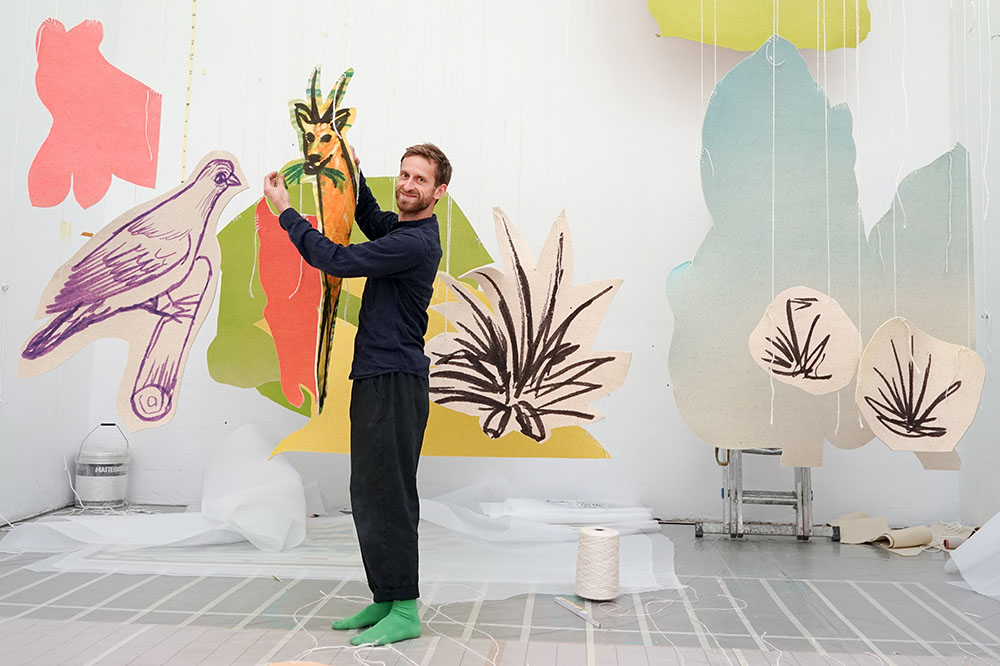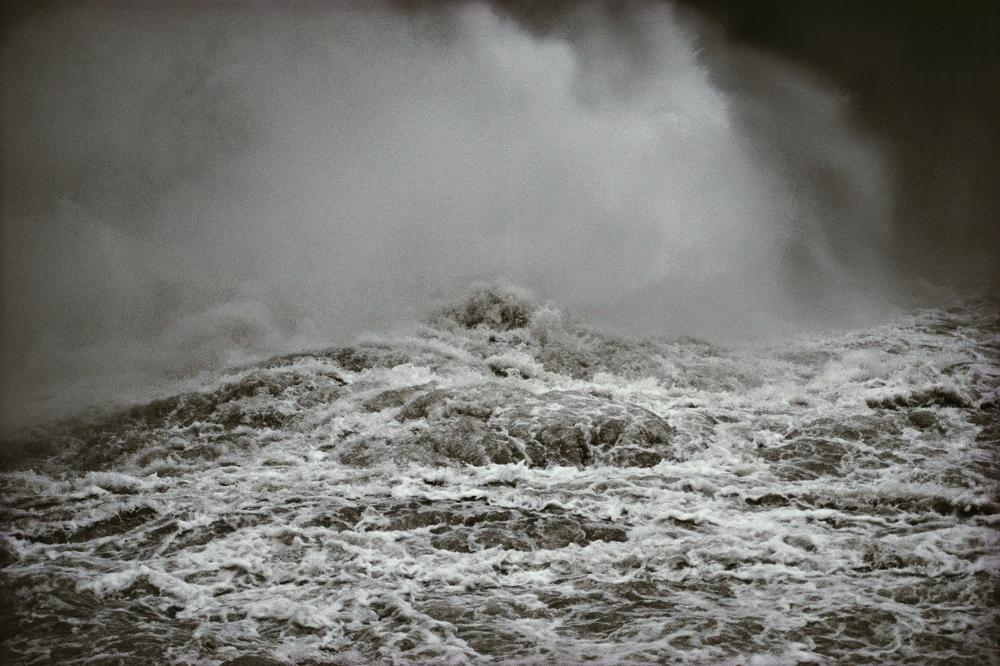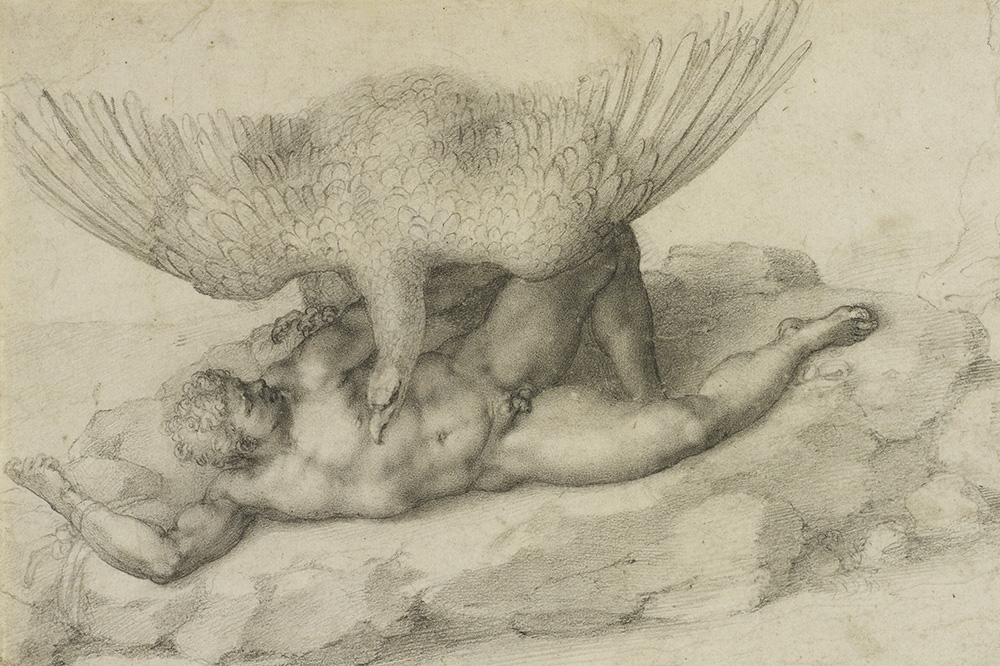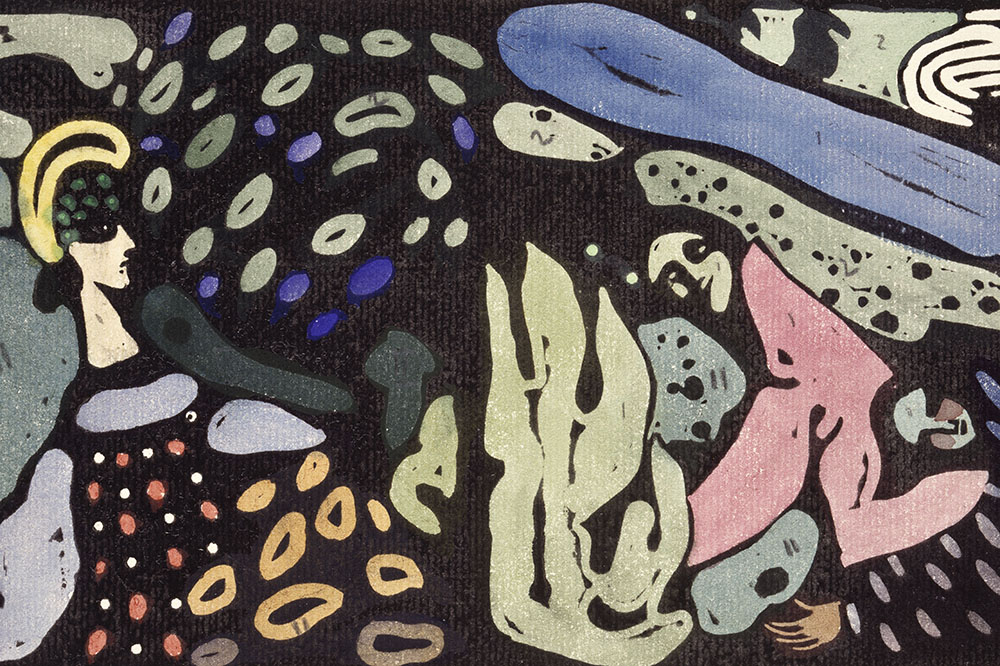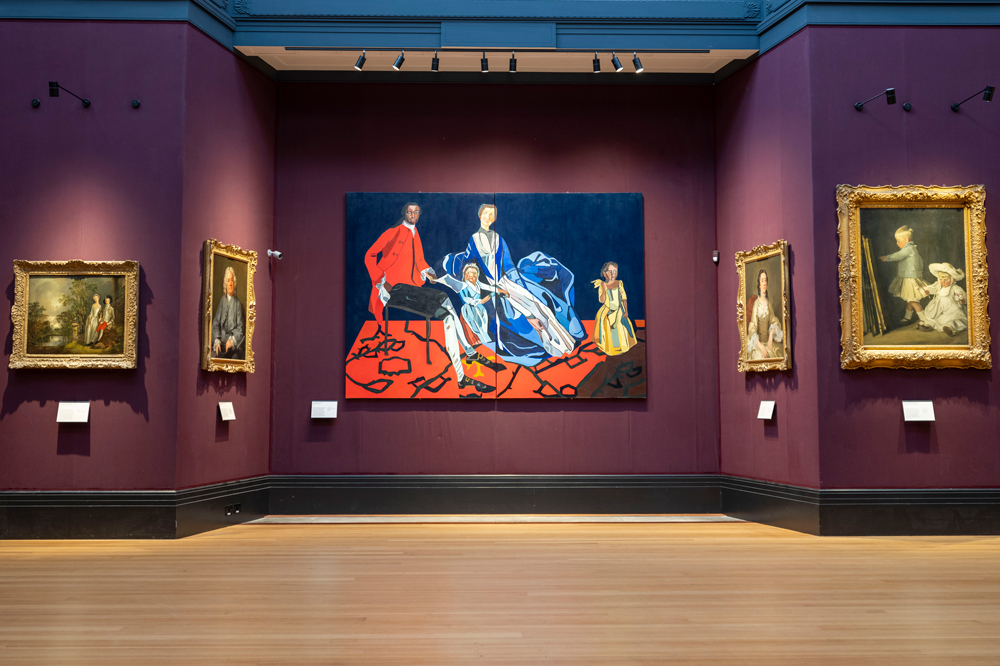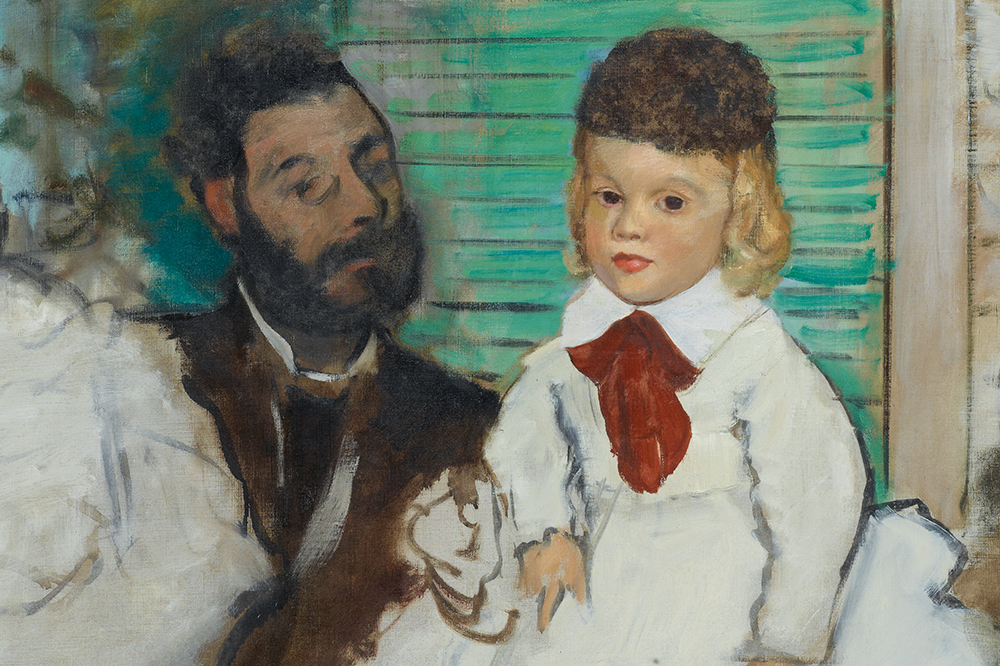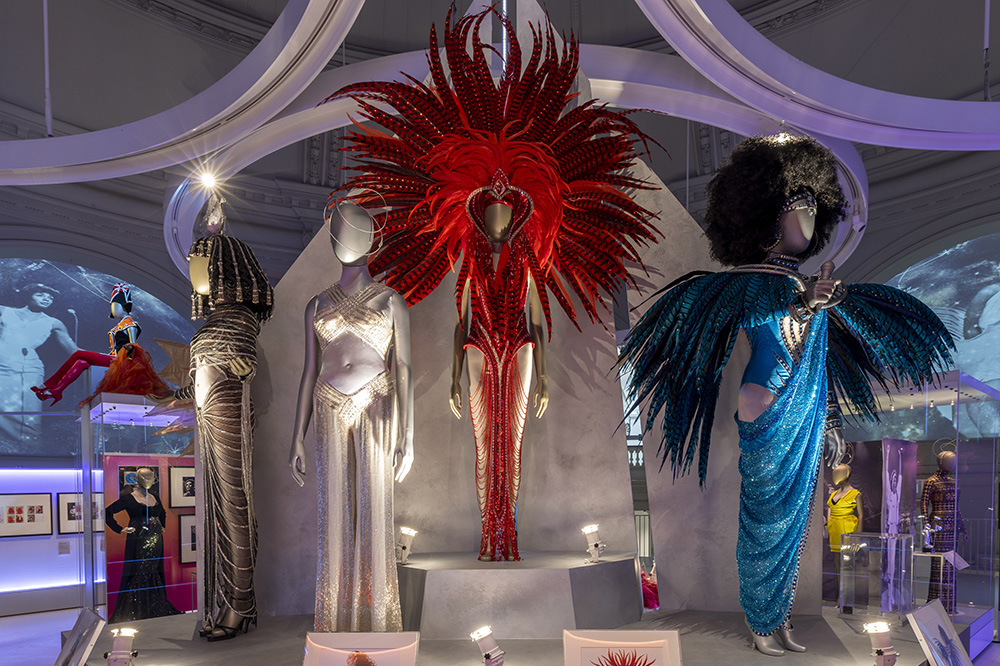The sculptor Carl Andre has died at the age of 88. In the 1960s, Andre became known for arranging materials including metals, granite, wood and brick on the ground, into rectangular sculptures without plinths or external supports. After 1985, he was notorious for his role in the death of his third wife, the Cuban artist Ana Mendieta. Having attended Phillips Academy and completed a very brief spell at Kenyon College, Andre served in the army for a year before moving to New York in 1957, where he worked in publishing, moved in avant-garde circles and counted the film-maker Hollis Frampton and the painter Frank Stella as close friends. Ambivalent about being regarded as a minimalist in the mode of contemporaries such as Dan Flavin and Donald Judd, he grudgingly accepted the label while describing himself as a ‘matterist’. (‘My ambition as an artist,’ he declared in 1980, ‘is to be the “Turner of matter”.’) In Britain, Andre was at the centre of the ‘Tate bricks’ controversy in 1976 when the gallery exhibited Equivalent VIII (1966), a rectangular floor-arrangement of 120 bricks that it had bought four years earlier for £2,297 (‘What a load of rubbish,’ declared the Daily Mirror). In 1985, he was arrested after Ana Mendieta fell from the 34th floor of their Greenwich Village apartment. The pair had been arguing when, in Andre’s words, ‘I went after her, and she went out the window.’ Andre was acquitted of second-degree murder in 1988, after a non-jury trial. When a sculpture by Andre was included in the opening of the SoHo Guggenheim in 1992, feminist campaigners stood outside with a banner that read ‘Carl Andre is in the Guggenheim. Where is Ana Mendieta?’ Similar protests were staged at subsequent shows and retrospectives of his work.
The V&A and British Museum are lending pieces of Asante regalia to Ghana, where they will be seen for the first time since the British took them in the 19th century. The 32 pieces (17 from the V&A and 15, including a non-looted harp, from the BM) will go on display at the Manhyia Palace Museum in Kumasi, the historic capital of the Asante civilisation. The loan agreement – initially for three years with the possibility of renewal – is with Otumfe Osei Tutu II, the ceremonial ruler of the Asante people, and marks his silver jubilee. Many of the items were seized during a British punitive expedition of 1874 or a later conflict of 1895–96. Gold is doubly resonant in Asante culture: not only does it form a part of the Asante system of spiritual beliefs, it was also the source of the Asante empire’s financial muscle. In an interview with the BBC, Tristram Hunt, director of the V&A, described the objects, which include a ring, the badges of court officials, a ceremonial pipe and a sword of state, as the equivalent of ‘our Crown Jewels’. Nana Oforiatta Ayim, a cultural advisor to the Ghanaian government (and curator of Ghana’s first pavilion at the Venice Biennale) said, ‘They are part of the soul of the nation. It’s pieces of ourselves returning.’ Under the British Museum Act of 1963 and the Museums Act of 1983, national museums in the UK cannot return items in their collections to their countries of origin, but long-term loans can be agreed between institutions.
On Monday, the Indian prime minister Narendra Modi inaugurated a temple to Ram in Ayodha, Uttar Pradesh, on the site of a 16th-century mosque demolished by far-right Hindu mobs in 1992. The Ram Mandir was built at a cost of £210m, funded by private donations; the inauguration, which takes place in a general election year, was a national affair, broadcast live on television, as Modi performed religious rituals, along with priests and the head of the Hindu nationalist group the Rashtriya Swayamsevak Sangh (RSS). The Mughal-era mosque, believed by some to be the birthplace of the god Ram, stopped being a place of active worship in 1949, when the government declared it a ‘disputed property’. After the destruction of the Babri Masjid in 1992, 2,000 people, most of them Muslim, died in violence across the country. In 2019, after a long series of legal challenges, the Indian Supreme Court handed the site to a trust to build a Hindu temple and awarded another piece of land in Ayodhya to Muslim groups. Only the ground floor of the three-storey temple has been opened, but Indian authorities expect up to 150,000 visitors a day once the work is complete at the end of this year.
A fire has destroyed some 4,000 paintings belonging to the National Picture Gallery of Abkhazia, reports the Art Newspaper. The conflagration began in a bank and spread to a gallery in the capital Sukhumi, where the collection was stored. The regional news platform Ekho Kavkaza reports that the paintings could not be kept at the National Picture Gallery building which is in great disrepair and does not have ‘a roof or doors’. Between 100 and 200 paintings dating largely from the Soviet era have survived, though around half of these have suffered significant damage. Abkhazia is currently under Russian control; it seceded from Georgia in the 1990s.
After protests by artists, activists and cultural workers, Art News reports that the Berlin Cultural Senate has reversed its decision to grant funding only to artists who sign a clause agreeing to the IHRA’s definition of anti-Semitism. ‘Due to legal concerns that the anti-discrimination clause is not legally secure in this form,’ said the Senate in a press release, ‘it will no longer be used in grant notifications, with immediate effect.’ Concerned about threats to freedom of expression, 4,000 people have signed a petition against the proposed clause and Art News also reports that two film-makers have withdrawn from the Berlin Film Festival in February and five artists have pulled work from the city’s Transmediale festival of digital art.
Unlimited access from just $16 every 3 months
Subscribe to get unlimited and exclusive access to the top art stories, interviews and exhibition reviews.

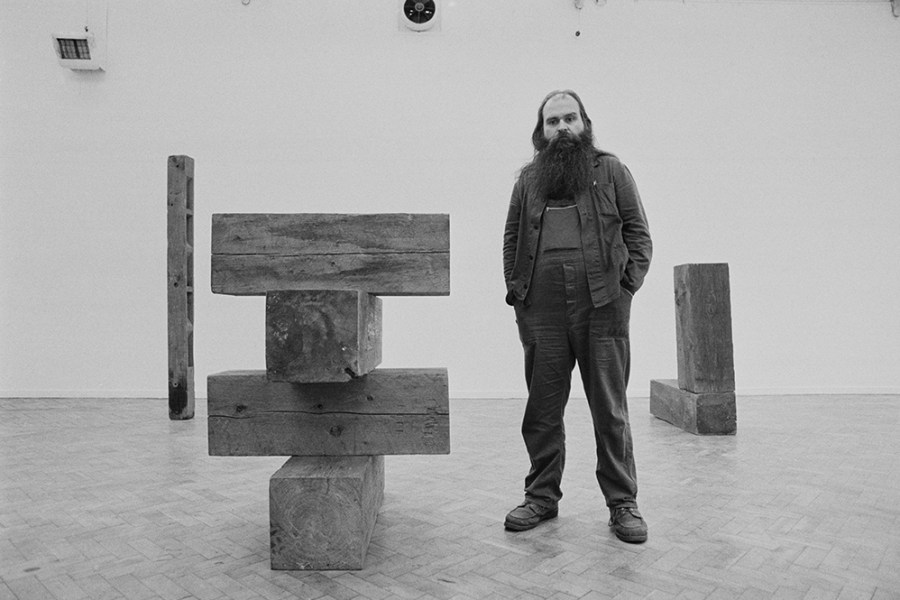
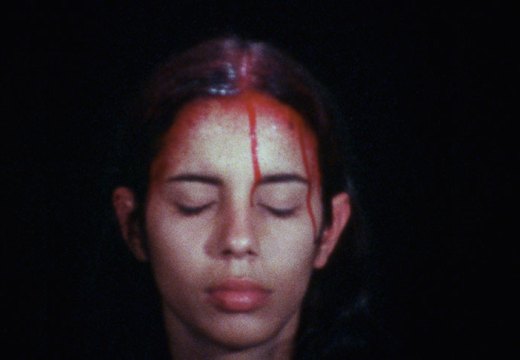
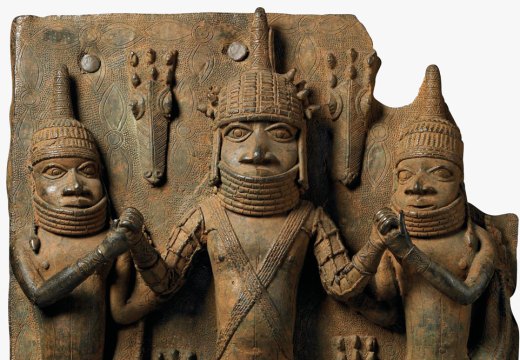
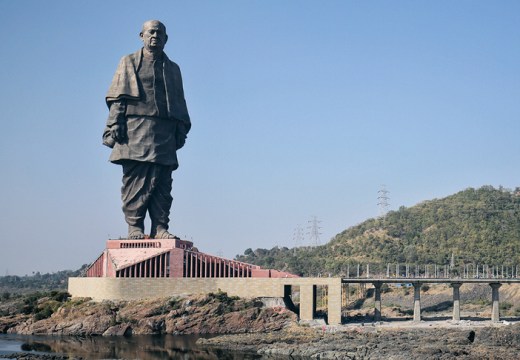









![Masterpiece [Re]discovery 2022. Photo: Ben Fisher Photography, courtesy of Masterpiece London](http://www.apollo-magazine.com/wp-content/uploads/2022/07/MPL2022_4263.jpg)
